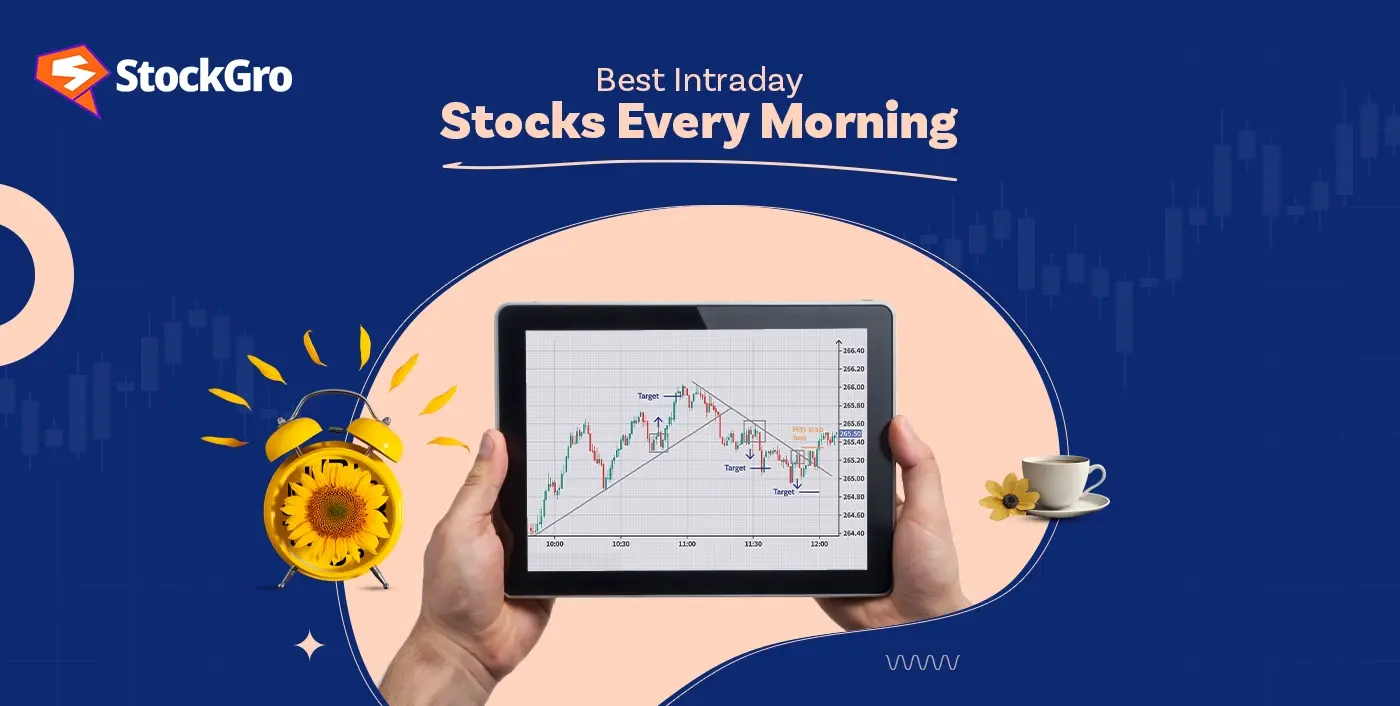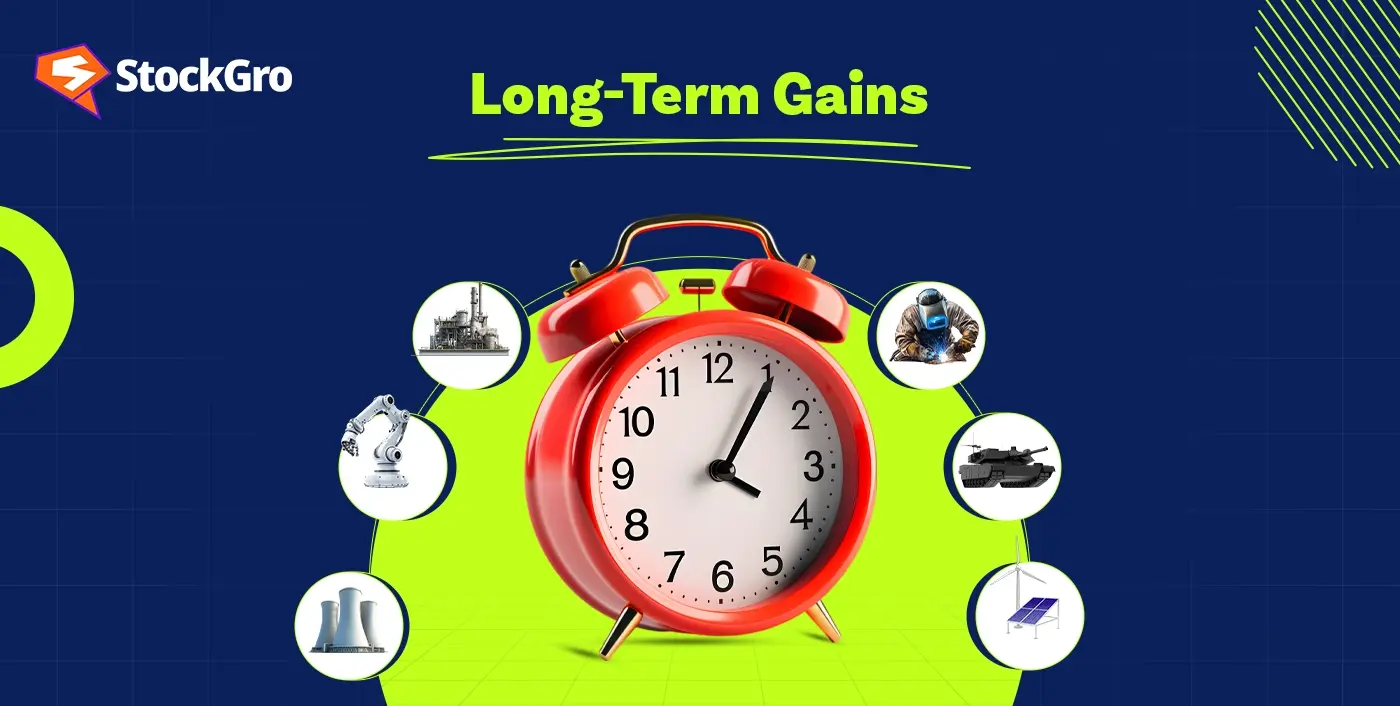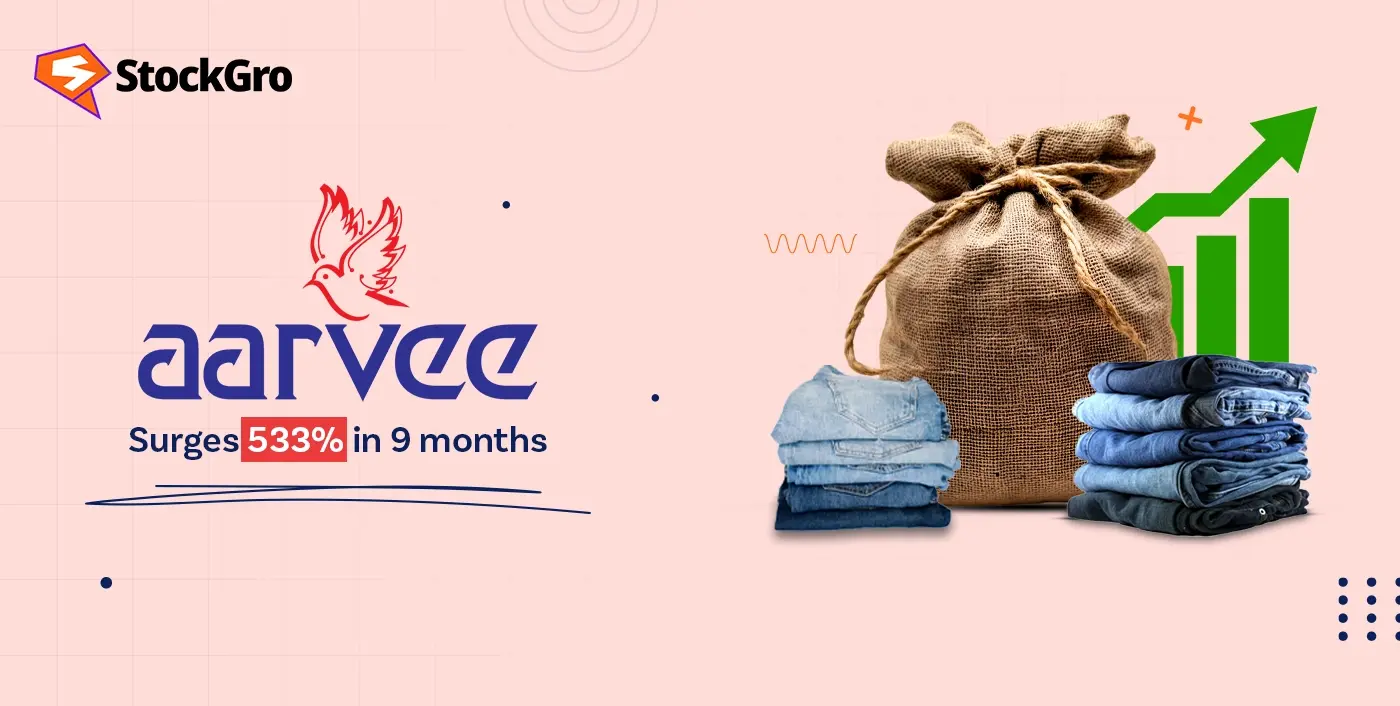
Intraday trading is also known as day trading. It involves buying and selling stocks on the same day. The traders who trade intraday aim at book profits on shorter horizon price moments, making it a high-risk, high-reward strategy.
To achieve success in intraday trading, the most important thing that a trader needs to have is to identify the best stock for trade each morning. For this, technical analysis, market news awareness and discipline will be required. In this blog, let us explore proven strategies to identify the best intraday stocks every morning.
Pre-market preparation
To get successful intraday trades, there has to be proper preparation before the market starts. The time spent before the markets open is as important as during the market hours.
- Reviewing market news and events: The intraday trader needs to stay updated about the global and domestic news that could impact the stock market and regularly monitor all the financial news platforms such as screener, money control, economic times, etc for updates on various economic data, geopolitical news, corporate earnings announcements, and sector-specific developments.
- Monitor overnight developments: The trader can monitor the global markets by having a look at how the US, European, etc markets performed on the past day. For example, declines in US or European markets often signal bearish sentiment that could carry over to Indian trading sessions. Further, the trader can also look at the SGX Nifty or Gift nifty, which is a derivative of the Nifty 50 index traded on the Singapore Exchange. It is usually used to predict the opening trend of the Indian stock market.
- Monitor commodity markets: Traders can also watch the commodity markets, as they often move opposite to the stock market. The sharp jump in safe haven assets can signal a possible stock market correction. Since, investors move away from riskier investments during uncertainty. This shows the inverse relationship between commodities and stocks and intraday traders can take advantage of this.
Also Read: Step-by-Step Guide: Building an Intraday Trading Strategy Using Screeners
What are the various strategies?
Intraday trading needs fast decisions and a good plan to make profits from market moves. Here are some simple strategies to find good intraday stocks before the market opens:
1. Identify volatile stocks for the day
Liquidity is important for intraday trading as it ensures one can enter and exit without any major impact on the stock prices. High-volume stocks are usually preferred for intraday trading as they have tighter bid-ask spreads and more price movements. Monitoring the volume spikes in pre-market trading can make a very good intraday opportunity for the trader to capture the opportunity.
Technical analysis is considered the backbone of intraday trading. By analysing price charts and indicators, one can identify proper entry and exit points. Some of the technical indicators are:
- Moving Averages: Use short-term moving averages (e.g., 9-period or 20-period) to identify trends and potential support/resistance levels.
- Relative Strength Index (RSI): RSI helps identify overbought or oversold conditions. For intraday trading, look for RSI values above 70 (overbought) or below 30 (oversold).
- Bollinger Bands: These bands help identify volatility and potential breakout points. A squeeze in the bands often precedes a significant price movement.
Also Read: Top 5 intraday screeners every trader should use in 2025
Monitoring FII and DII can provide valuable insights for intraday traders because their buying or selling patterns often influence market sentiment and price movements. By tracking their net investments or divestments in specific stocks or sectors, traders can get a good opportunity in the market. Further, this will help them make informed decisions on intraday positions aligned with institutional momentum.
4. Top-down approach
Traders can check major indices like Nifty 50 and Sensex before trading to understand the market trend. These benchmarks show if the market is moving up, down, or sideways. Once the overall trend is clear, traders can find strong and weak sectors. This helps them make better trading decisions.
The 15-minute strategy in intraday trading is looking at price movements on a 15-minute chart. Traders can check trends, breakouts, or reversals and use tools like moving averages or RSI to decide when to buy or sell that stock. They can set stop-loss and target price levels to reduce risk. This strategy can help traders find good trade opportunities without being too fast or slow.
With the help of the scalping strategy, intraday traders can make small profits by entering and exiting positions in stocks within a few minutes. Instead of waiting for huge profits, this strategy focuses on booking small gains, but the number of trades can be much higher.
Traders can check the option chain to see where the highest open interest is, as this shows important support and resistance levels. It helps them understand market trends and possible price changes. Using this information, they can decide when to enter or exit a trade. This makes their trading plan stronger and increases the chances of profit.
How to identify strengths and weaknesses
Finding strengths and weaknesses in the market helps traders make better decisions. Strengths show which sectors, industries, or stocks are doing well, while weaknesses reveal areas that are not performing as strongly. Further a few ways to figure strength and weaknesses are:
- Monitoring Exchange Traded Funds (ETF): It can help to find strengths and weaknesses by tracking industries like technology, healthcare, or energy and showing their performance. If a sector ETF is strong, it means the industry is doing well. Traders can then look for strong stocks within that sector. This helps them make better trading decisions.
- Sector rotation: Traders can use sector rotation to find strong and weak sectors. It means trading in sectors that are likely to do well. This helps traders focus on good opportunities and avoid weak sectors. It can improve their chances of making profits.
Also Read: 5 Easy Steps to Organise a Stock Market Learning Event with StockGro!
Bottomline
Choosing the best intraday stocks every morning may need a lot of research, analysis, and discipline. Fast price changes can make trading stressful, so patience is important. Traders need to follow their strategy and avoid emotional decisions. Keeping a trading journal helps them learn from mistakes and improve their trading skills.
FAQs
1. What are the exit strategies in intraday trading?
A trader can set a target price and stop-loss before entering a trade. They can move the stop-loss higher to lock in profits as the price rises. It’s best to exit before the market closes to avoid overnight risks. This helps protect earnings and manage losses effectively.
2. What is the best time to do intraday trading?
The best time for intraday trading is during the most active hours, usually the first hour 9:15 AM – 10:30 AM and the last hour 2:30 PM – 3:30 PM. These periods have high volatility and better trading opportunities. Apart from this, if there is any important data release or sudden market movement, a trader can take advantage of the opportunity.
3. How much capital is required for intraday trading?
There is no fixed minimum or maximum amount needed for intraday trading. The required capital depends on the trader’s risk appetite. It also varies based on the stock chosen and the quantity traded. Traders should plan their investments based on their budget and risk tolerance.
4. What is leverage in intraday trading?
Leverage helps traders borrow money from a broker to trade bigger amounts. For example, with 10x leverage, ₹10,000 can control ₹1,00,000 in trades. This can increase profits, but it can also increase losses. So, traders need to be careful and manage risk properly.
5. Is algo trading used in intraday trades?
Yes, algorithmic trading helps traders automate their strategies with fixed rules. It removes emotions and makes trading faster. Many traders use bots, AI, or software for quick trades. This helps them trade more efficiently and make better decisions.

